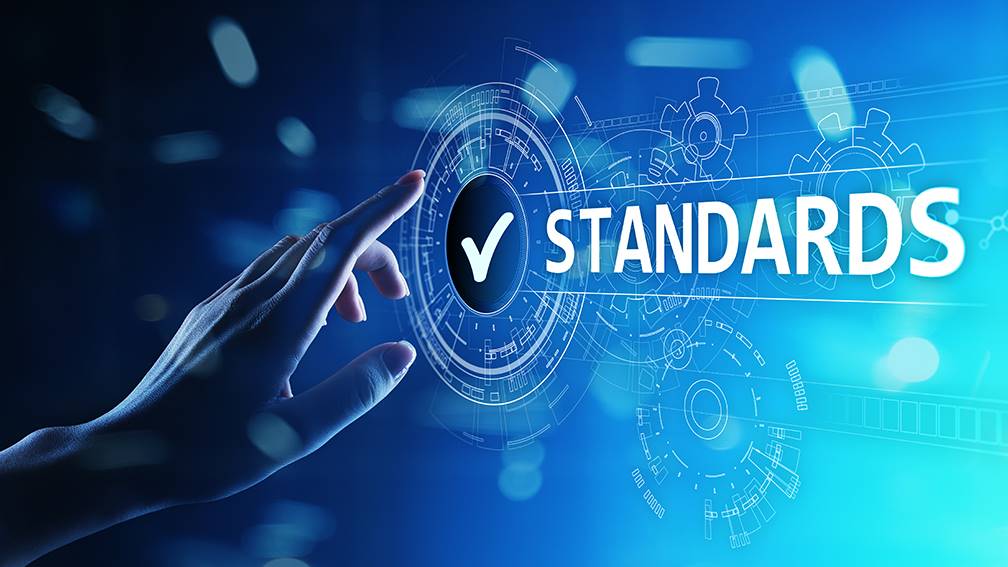 Design standards generally consist of technical definitions, procedures and guidelines that specify minimum requirements or instructions for manufacturers, installers and users of equipment and building systems. Design standards create a common point of reference across the industry and generally do not become enforceable by law until they are adopted by local codes and ordinances. Many design and sustainability standards developed through nationally recognized organizations, such as the National Fire Protection Association and ASHRAE, have been adopted by code entities such as the International Code Council, making them enforceable. Energy codes and standards have positive outcomes — the International Energy Conservation Code 2012 updates implemented changes that will reduce energy costs by $24 billion by 2030.
Design standards generally consist of technical definitions, procedures and guidelines that specify minimum requirements or instructions for manufacturers, installers and users of equipment and building systems. Design standards create a common point of reference across the industry and generally do not become enforceable by law until they are adopted by local codes and ordinances. Many design and sustainability standards developed through nationally recognized organizations, such as the National Fire Protection Association and ASHRAE, have been adopted by code entities such as the International Code Council, making them enforceable. Energy codes and standards have positive outcomes — the International Energy Conservation Code 2012 updates implemented changes that will reduce energy costs by $24 billion by 2030.
Public and private facility owners across the U.S. have adopted their own design and sustainability guidelines that govern their new construction and renovation projects. Many of these guidelines go above and beyond the local code requirements and ASHRAE standards for energy efficiency and sustainability. If you are a facility owner considering adopting your own standards and guidelines, or are an architectural or engineering consultant working with a building owner, here are some areas to consider during the initial standards and guidelines development process:
-
-
- Include energy-saving processes for new and existing projects such as building systems commissioning, energy benchmarking, energy audits and retro-commissioning.
- Include current and emerging technologies such as bipolar ionization to reduce contaminant levels and set requirements for energy recovery, heat recovery and economizers based on your climate zone.
- Include options for low- or no-flow plumbing fixtures and technologies that reduce hot water consumption, such as ozone laundry systems.
- Include optimization standards for your on-site building automation systems at or above current ASHRAE 90.1 requirements.
- Include options to make each building “solar-ready” for photovoltaic cells, taking into account site planning, roof structures, electrical requirements and backup and storage options.
- Include construction materials based on their overall life-cycle cost, using a “cradle to grave” approach.
- Include scoresheets from industry-recognized rating systems (such as Leadership in Energy and Environmental Design or Green Globes) to follow for each project, even if the project will not be “certified.”
Hanson highly recommends including these considerations as you develop standards and guidelines. Many nationally recognized green and stretch codes can also be used as a basis for standards and guidelines development. Incorporating energy-efficiency and sustainability considerations in your standards and guidelines will save money long-term, protect your building occupants and increase the life cycle of your buildings.
Contact Bradley Perrott at bperrott@hanson-inc.com to discuss developing your standards and guidelines.